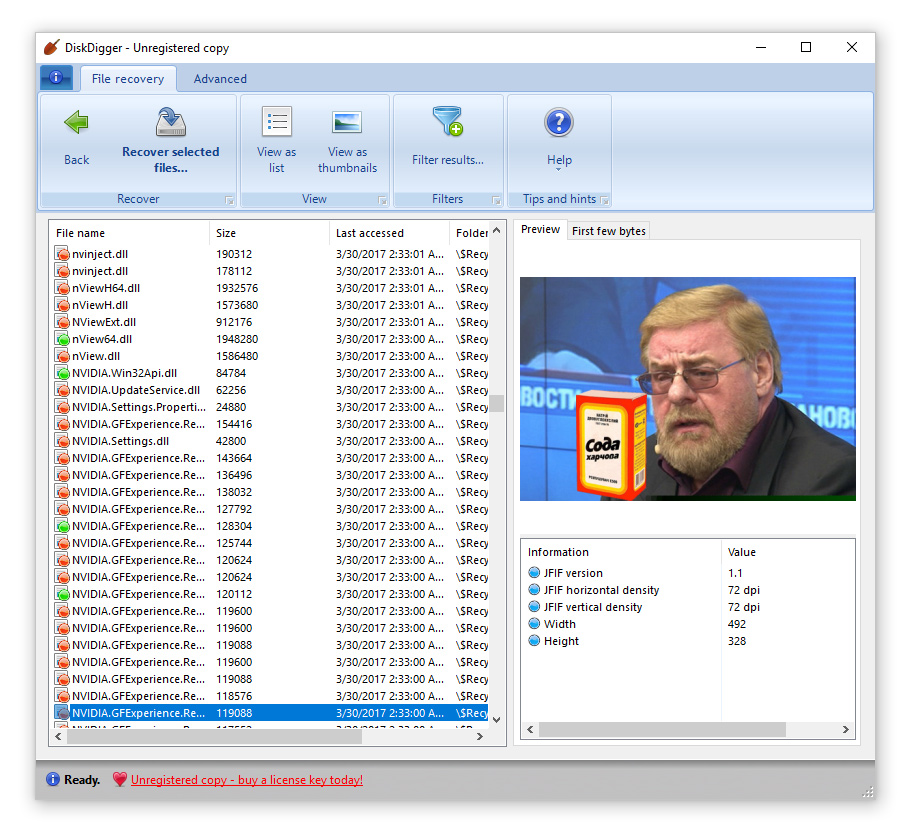In today's digital age, data loss can be a nightmare for anyone, whether it's a cherished family photo or an important work document. When such unfortunate events occur, the need for a reliable data recovery tool becomes paramount. This is where DiskDigger steps in, offering a user-friendly solution that promises to bring back lost files with ease and efficiency. With its powerful scanning capabilities and intuitive interface, DiskDigger has earned its reputation as a go-to software for recovering deleted data across various devices.
DiskDigger is not just another data recovery tool; it is a robust application that caters to both novice users and tech-savvy individuals. The software utilizes advanced algorithms to scan storage devices, recovering files that may have been lost due to accidental deletion, formatting, or corruption. Whether you are using a Windows or Android device, DiskDigger is designed to work seamlessly, providing users with a comprehensive solution for their data recovery needs.
In this article, we'll delve deeper into the features and functionalities of DiskDigger, explore common questions users may have, and provide valuable tips to maximize your data recovery efforts. From understanding how DiskDigger works to troubleshooting common issues, this guide will equip you with the knowledge needed to effectively use this powerful tool.
Read also:Pepcid And Pregnancy A Safe Relief For Heartburn
What is DiskDigger and How Does it Work?
DiskDigger is a powerful data recovery software that scans your storage devices to recover deleted files. But how does it work? When you delete a file, the data is not immediately erased from your storage device; instead, the space it occupied is marked as available for new data. DiskDigger takes advantage of this by scanning the file system and looking for remnants of deleted files, allowing you to restore them before they are overwritten.
What Devices are Compatible with DiskDigger?
DiskDigger is compatible with a wide range of devices, making it a versatile option for users. Some of the devices include:
- Windows PCs
- Android smartphones and tablets
- External hard drives
- USB flash drives
- Memory cards
Is DiskDigger Free to Use?
While DiskDigger offers a free version with basic functionalities, there is also a paid version that unlocks advanced features such as deeper scanning capabilities and the ability to recover more file types. Users can choose the version that best suits their needs, allowing flexibility in data recovery options.
How to Use DiskDigger for Data Recovery?
Using DiskDigger is straightforward, even for those who may not be tech-savvy. Here’s a step-by-step guide to get you started:
- Download and install DiskDigger on your device.
- Launch the application and select the storage device you want to scan.
- Choose the scan type: a quick scan or a full scan for deeper recovery.
- Wait for the scan to complete and review the list of recoverable files.
- Select the files you wish to recover and save them to a secure location.
What File Types Can DiskDigger Recover?
DiskDigger can recover various file types, making it a comprehensive recovery tool. Some of the common file types include:
- Images (JPEG, PNG, GIF, etc.)
- Videos (MP4, AVI, MOV, etc.)
- Documents (PDF, DOCX, TXT, etc.)
- Audio files (MP3, WAV, etc.)
Can DiskDigger Recover Files from Formatted Drives?
Yes, DiskDigger can recover files from formatted drives. When a drive is formatted, the data is typically not erased but rather the file system is reset. DiskDigger can scan the formatted drive for remnants of the deleted files and potentially restore them, provided the data has not been overwritten.
Read also:Mastering The Art Of Japanese Omelette A Culinary Delight
What to Do if DiskDigger Fails to Recover Your Files?
Sometimes, despite its powerful capabilities, DiskDigger may fail to recover certain files. Here are a few tips to consider if you encounter this issue:
- Ensure you are using the correct scan type (quick vs. full).
- Try scanning the device again, as different scans may yield different results.
- Check if the files were overwritten, as this may hinder recovery efforts.
- Consider using alternative recovery software as a last resort.
Is DiskDigger Safe to Use?
DiskDigger is regarded as a safe and reliable tool for data recovery. However, as with any software, it is essential to download it from the official website to avoid malicious versions. Additionally, always back up your data regularly to minimize the risk of data loss in the future.
Final Thoughts on DiskDigger
In conclusion, DiskDigger is a powerful ally in the battle against data loss. Its user-friendly interface, extensive compatibility, and effective recovery capabilities make it a top choice for individuals and professionals alike. Whether you are dealing with deleted files, formatted drives, or accidental data loss, DiskDigger provides a practical solution to help you recover what matters most. With this knowledge in hand, you can confidently navigate the world of data recovery and utilize DiskDigger to safeguard your digital memories.


